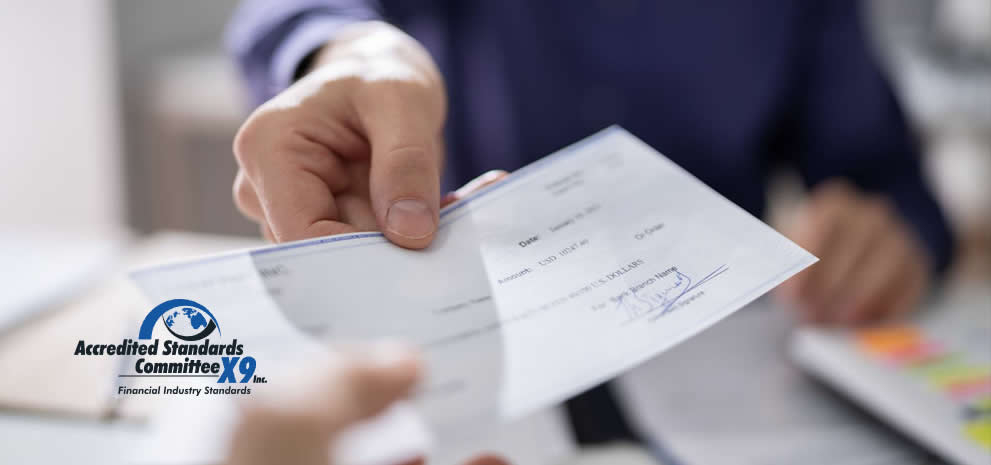No matter the application or environment, we can deliver the complete solution with less complexity and greater speed.
resources

The advent of Check 21 in 2004 brought significant change to check clearing in the United States. It enabled Financial Institutions to convert paper checks into images for electronic exchange. Innovations in image-based processing have brought into question the need for magnetic (MICR) ink. The answer is "Yes, magnetic ink continues to be required on paper checks."
MICR, short for Magnetic Ink Character Recognition, is a core characteristic of the check and allows the data in the code line on the bottom of the check to be machine read magnetically and/or optically. Data in the code line on checks not printed in MICR ink cannot be read by check readers with only standard magnetic read capability. The check will be rejected and will require manual data entry. The inventory of check readers today is a mixture of magnetic, optical, or both technologies. Checks without magnetic ink could also indicate a potential fraudulent item.
The Federal Reserve made numerous changes to Regulation CC, but it is important to note that the requirements outlined herein are not changing.
Regulation CC section 229.2(u)(4) states: "non-cash item" means an item that would otherwise be a check, except that it has not been preprinted or post encoded in magnetic ink with the routing number of the Paying Bank.
Checks and Substitute Checks (IRDs) are legally required to include a magnetic code line in order to be treated as a "cash item" for processing in the U.S. Payment System.
Please refer to the following:
Consumers and businesses are advised to contact their Financial Institution or refer to their account agreement if they have any questions. Read the Standards Advisory